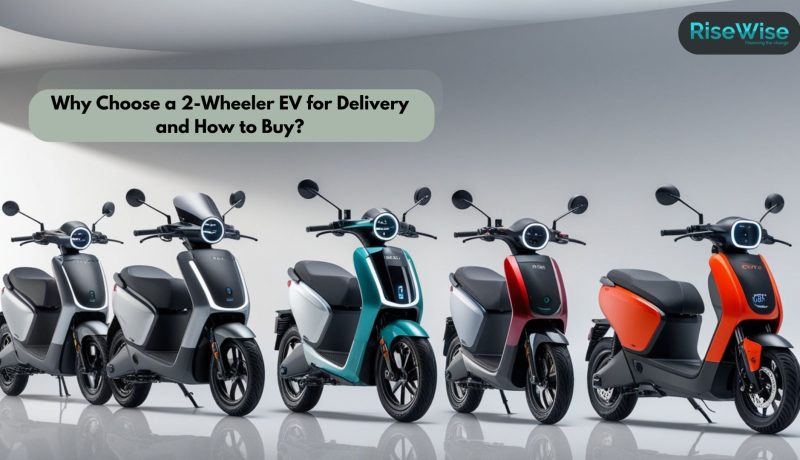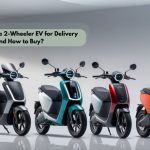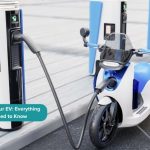With the advent of electric vehicles (EVs), a new era of affordability and sustainability has emerged. This guide provides insights into why a 2 wheeler EV is the ideal choice for delivery services, along with a breakdown of costs, savings, and financing options.
Average Running of a Delivery Boy
Delivery professionals typically travel extensively to fulfill their daily quotas. For instance, fulfilling 10 orders in a day often requires traveling 80–100 kilometers, depending on factors like the delivery radius, city traffic, and order density.
With petrol-powered vehicles, this level of mileage translates to an average consumption of 2–3 liters of fuel daily, which, at current prices, can cost ₹200–₹300 per day. Over a month, this adds up to ₹6,000–₹9,000, a significant burden on delivery riders.
Switching to an EV with a range of 100+ kilometers per charge and lower operational costs offers a more affordable and sustainable alternative, especially for those covering consistent distances daily.
Cost of 2-Wheeler EVs for Delivery Services in India
Several EV models in India cater to the needs of delivery professionals, offering a balance between cost, range, and reliability. Here are some notable options:
- Hero Electric Optima CX: Priced between ₹67,000 and ₹80,000, it offers a range of approximately 140 km per charge.
- Ola S1 Air: Available at around ₹1,09,000, with a range of up to 125 km per charge.
- TVS iQube: Priced at ₹1,25,000, delivering a range of about 145 km per charge.
- Ather 450X: Available for ₹1,37,000, offering a range of approximately 146 km per charge.
- Bajaj Chetak: Priced between ₹99,998 and ₹1.56 lakh, it provides a range of about 123 km per charge.
While the initial investment for EVs may be higher compared to petrol scooters, the long-term savings on fuel and maintenance, coupled with government subsidies, make them a financially viable option.
Price Comparison: Fuel vs. Battery Savings
One of the biggest advantages of owning an EV is the significant savings on running costs. Here’s a detailed comparison of fuel vs. battery expenses:




